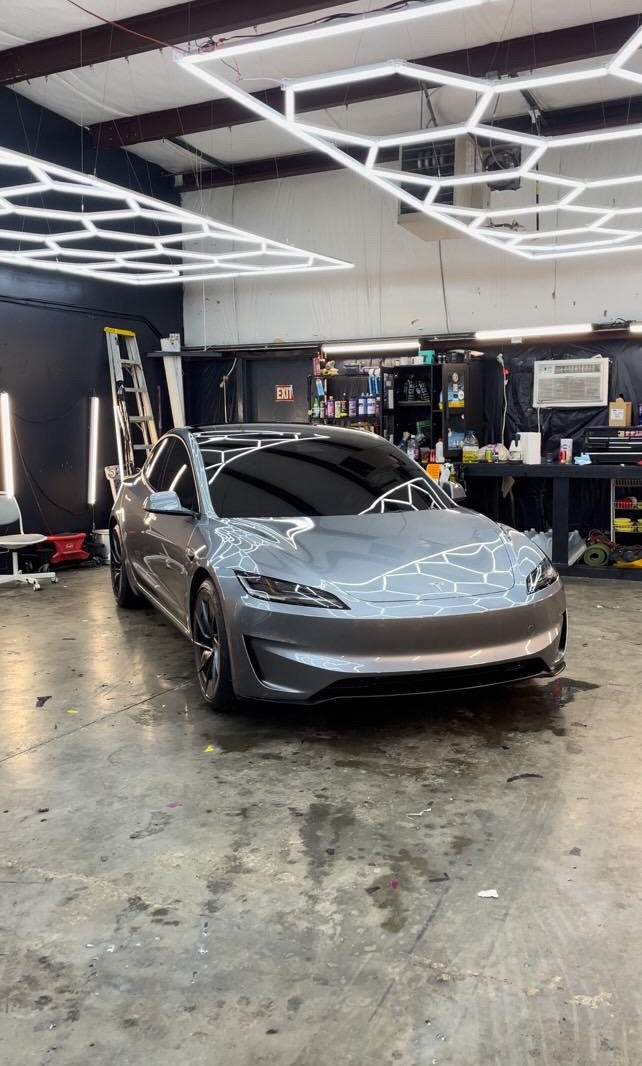Have you ever walked up to your car on a sunny day, only to notice a web of light scratches and swirl marks dulling its paint? No matter how clean it is, those imperfections steal the shine and make your vehicle look worn. That’s where paint correction comes in. It’s not just a buzzword in detailing circles—it’s a proven process to restore your car’s finish to like-new (or better-than-new) condition.
In this detailed guide, we’ll walk you through everything you need to know about paint correction—from what it is and how it works to why it’s worth every penny. Whether you’re a first-time car owner, a DIY detailer, or just someone who wants to keep their vehicle looking its best, you’re in the right place.
What Exactly Is Paint Correction?
Paint correction is a specialized detailing process that removes surface imperfections from a car’s paint, such as swirl marks, oxidation, etching, and fine scratches. These defects live in the clear coat, the transparent top layer of paint that gives your car its gloss and depth. Correction is performed by carefully leveling the clear coat using machine polishing tools and abrasive compounds.
The goal isn’t to cover up flaws temporarily like waxing does—it’s to permanently eliminate defects by polishing down the uneven surface. When performed properly, the result is a crystal-clear, glassy finish that reflects light evenly, giving your car that deep, mirror-like shine. Think of paint correction as cosmetic surgery for your vehicle—bringing back its youthful glow without needing a repaint.
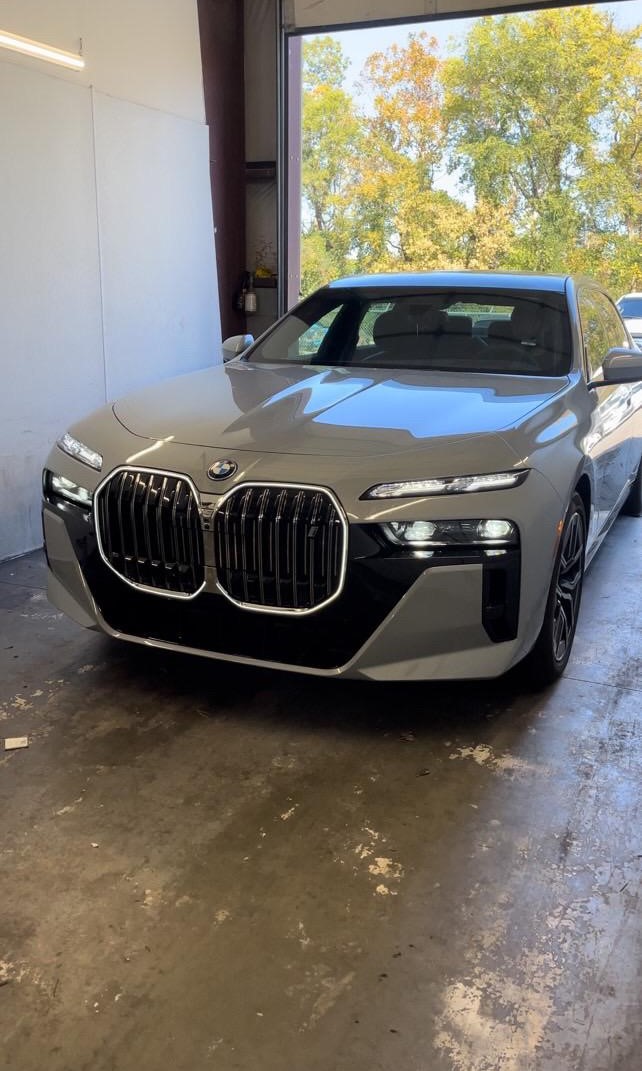
Why Does Your Car Need Paint Correction?
Most people don’t realize how easily a car’s paint can be damaged. Even if you’re careful, routine washing, weather exposure, road grime, and pollutants can all degrade the finish. Over time, your vehicle collects:
- Swirl marks from improper washing or drying techniques
- Fine scratches from automatic car washes
- Oxidation due to prolonged sun exposure
- Water spots from minerals and hard water
- Etching caused by bird droppings or tree sap
These blemishes don’t just affect appearance—they compromise the longevity of the paint. Paint correction restores the smoothness and clarity of your finish, allowing light to reflect more evenly and enhancing both gloss and color depth. Whether you drive a classic car, a weekend toy, or your everyday commuter, paint correction keeps it looking sharp.
Is Paint Correction the Same as Polishing?
It’s easy to confuse paint correction with polishing, but there’s a key difference. Polishing enhances shine, while paint correction focuses on removing defects from the clear coat. Correction typically involves multiple stages of compounding and polishing, each tailored to different levels of damage.
Think of polishing as brushing your teeth, and paint correction as getting a deep cleaning from a dentist. One maintains, the other restores. Paint correction requires a higher skill level and specific tools—like dual-action or rotary polishers—and uses abrasive compounds that cut through imperfections, followed by finishing polishes to refine the surface.
While all paint correction includes polishing, not all polishing qualifies as paint correction. It’s the intensity and precision of the process that defines it.
How Does Paint Correction Work?
Let’s walk through the multi-step process that professionals like Infinite Auto Works follow to perform paint correction the right way:
1. Deep Clean & Decontamination
Before correction can begin, the vehicle must be perfectly clean. This starts with a thorough wash using a pH-neutral shampoo to strip away wax, dirt, and road grime. Next comes chemical decontamination, using iron removers to dissolve embedded particles, followed by clay bar treatment to remove surface contaminants like tar and tree sap.
This stage ensures there are no microscopic particles left on the paint that could cause scratches during machine polishing.
2. Paint Inspection & Lighting
With the surface prepped, technicians inspect the paint under bright, color-corrected lighting to reveal swirl marks, holograms, scratches, and other flaws. They assess the clear coat thickness with paint depth gauges to determine how much correction can safely be done. Based on the condition, they create a tailored plan for polishing pads, machines, and compounds.
3. Compounding Stage
This is where the heavy lifting happens. Using cutting compounds and firm foam or microfiber pads, the technician removes moderate to deep defects by leveling the clear coat. This abrasive step may create light haze, but don’t worry—it’s part of the process.
Compounding removes more material than polishing, so this step must be done with extreme care to avoid burning the paint or creating more micro-marring.
4. Polishing Stage
After compounding, the next step is to refine the surface using a lighter polish. This eliminates any haze left by the compounding step and boosts the depth and clarity of the paint. The final polish brings out that high-gloss finish you’re looking for.
In this stage, the car begins to truly glow, and reflections become sharper and more defined.
5. Final Touch & Protection
Once the paint has been fully corrected, it’s essential to protect the finish. Most pros, including Infinite Auto Works, recommend applying a ceramic coating or high-grade paint sealant to lock in the results. This adds hydrophobic properties, makes the paint easier to clean, and guards against future damage from UV rays, bird droppings, and road contaminants.
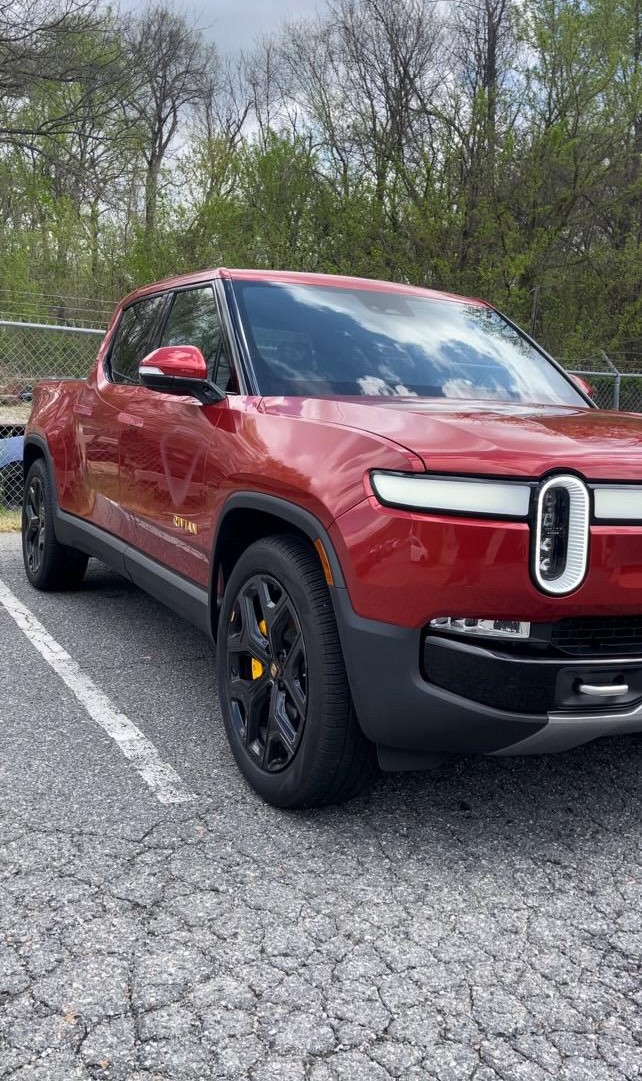
One-Step vs Multi-Step Paint Correction
Not every car needs a multi-day overhaul. Paint correction is typically categorized into three types:
- One-step correction: A single round of polishing that targets light swirl marks and boosts gloss. Best for newer cars or those with minor paint flaws.
- Two-step correction: Involves a compounding pass to remove medium defects and a polishing pass to enhance clarity. This is the most popular choice for daily drivers.
- Three-step correction: The most intensive level. It tackles heavy swirls, scratches, and oxidation, finishing with a refining polish for show-car-level gloss.
Infinite Auto Works will evaluate your vehicle and recommend the level of correction that fits your needs and budget. More correction means more time and cost—but the results are transformative.
What Are the Benefits of Paint Correction?
A lot of people assume paint correction is just about looking good. While that’s a huge perk, the benefits go much deeper:
- Restores clarity and gloss by removing years of damage
- Prepares paint for ceramic coatings or sealants
- Increases resale value—a car with flawless paint commands higher prices
- Extends paint life by minimizing surface oxidation
- Reduces the need for constant waxing or polishing
- Improves first impressions—whether you’re selling or just pulling up to a meeting
Corrected paint reflects light more evenly, creating that luxurious “wet” look. Your car won’t just shine—it’ll stand out.
When Should You Get Paint Correction?
There’s no set schedule, but some signs mean it’s time to consider paint correction:
- You notice swirl marks in sunlight
- Your paint looks dull or faded
- You plan to apply a ceramic coating
- You just purchased a used car
- You’ve been using automated car washes regularly
- You’re prepping for resale or a car show
Even brand-new cars can have imperfections from the dealership. That’s why many clients at Infinite Auto Works get a light correction before coating a new vehicle.
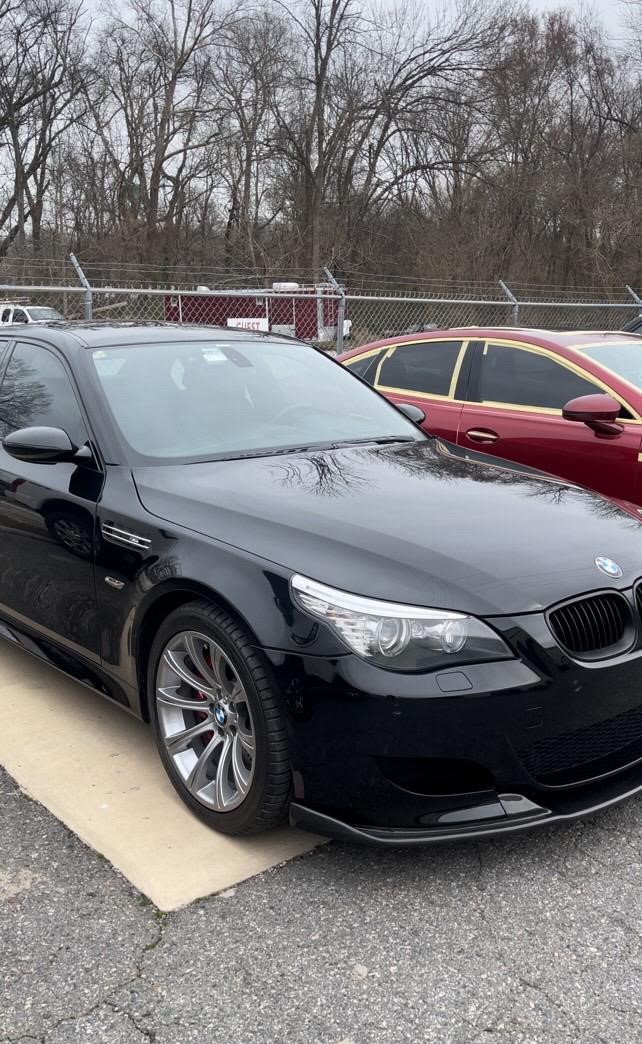
Common Myths About Paint Correction
1: “Paint Correction is Just Fancy Waxing”
Not at all. Waxing temporarily covers scratches—paint correction removes them by adjusting the surface of the clear coat.
2: “Only Luxury Cars Need Paint Correction”
Any vehicle, regardless of price, can benefit from a pristine finish. You don’t need a Ferrari to deserve flawless paint.
3: “It Will Harm My Paint”
When done by skilled technicians with the right equipment and knowledge—like those at Infinite Auto Works—paint correction is completely safe. It removes only a tiny fraction of the clear coat, often less than 5 microns.
How Long Does Paint Correction Last?
The results of paint correction can last for years—but it depends on how well you maintain your car afterward. A coated and hand-washed vehicle will hold its clarity much longer than one that’s poorly maintained.
Here are some key tips to preserve your corrected paint:
- Avoid automatic car washes
- Use high-quality microfiber towels
- Wash with pH-neutral soaps
- Apply ceramic coating or sealant
- Park in shaded or covered areas
With proper care, your car can maintain that glossy, swirl-free look for 1–3 years or more.
Is Paint Correction Worth the Cost?
Absolutely. While professional paint correction typically costs between $300 and $1,500 depending on the condition and size of the vehicle, it offers tremendous value:
- Enhances your car’s appearance
- Increases long-term resale value
- Reduces the need for future detailing
- Makes you fall in love with your car again
It’s an investment in your car’s beauty and preservation. For many, especially those who value their vehicle’s appearance, it’s more than worth it.
Paint Correction vs Ceramic Coating: What’s the Difference?
Paint correction fixes; ceramic coating protects. They go hand in hand, but they serve different purposes.
Paint correction removes visible defects and improves clarity. Ceramic coating is a liquid polymer that bonds with your paint, creating a slick, hydrophobic surface that resists dirt, UV damage, and scratches.
Most clients at Infinite Auto Works choose both services: correction to get the paint perfect, and ceramic coating to keep it that way.
Can You Do Paint Correction Yourself?
Technically, yes. But it’s a risky process if you don’t know what you’re doing. DIY correction involves:
- Machine polishers (rotary or dual-action)
- Various cutting and polishing compounds
- Proper pads, lighting, and technique
- Knowledge of clear coat thickness and paint types
Get it wrong, and you can damage the paint beyond repair. That’s why many car owners prefer to trust certified professionals like those at Infinite Auto Works to get the job done safely and effectively.
How to Maintain Your Car After Paint Correction
Once your car is corrected, it’s up to you to keep it looking that way. Here are best practices for ongoing maintenance:
- Use two buckets when washing (one for soap, one for rinse)
- Dry with a clean microfiber towel—no bath towels!
- Use a pH-balanced car shampoo
- Apply ceramic spray toppers or quick detailers
- Avoid abrasive brushes or dirty sponges
Routine care preserves the correction, extends the life of protective coatings, and keeps your car shining for years.
How to Choose the Right Paint Correction Service
Choosing the right detailing shop makes all the difference. Here’s what to look for:
- Experience and training
- Certifications (look for brands like Rupes, Griot’s, or Meguiar’s)
- Portfolio of before-and-after photos
- Transparent pricing and service breakdowns
- Positive online reviews
Infinite Auto Works is known for high-quality paint correction services, combining expert skill, advanced tools, and top-tier customer service to deliver flawless finishes every time.
Final Thoughts – Give Your Car the Shine It Deserves
Your car deserves more than just a quick wax or rinse at the gas station. Paint correction revives, restores, and protects the appearance of your vehicle in a way that other services can’t match. It removes years of damage, brings back that showroom gloss, and lays the groundwork for future protection.
Whether you’ve got a brand-new ride or a seasoned daily driver, a single paint correction session can completely transform how your car looks and feels. Trust experts like Infinite Auto Works to bring your paint back to life—with professionalism, precision, and passion.
FAQs – Beginner Questions About Paint Correction
Q1: How long does paint correction take?
Depending on the level of correction, it can take anywhere from 4 to 20 hours. Multi-step corrections often require multiple days.
Q2: Will paint correction remove deep scratches?
Paint correction eliminates surface-level scratches in the clear coat. Deeper scratches that penetrate to the base coat or primer may require touch-up paint or refinishing.
Q3: Is paint correction safe for all car types?
Yes, when done by trained professionals. Shops like Infinite Auto Works use safe techniques and tools suitable for all paint types, including soft or sensitive finishes.
Q4: Can I wax my car after paint correction?
Yes, but many detailers recommend applying ceramic coating instead for longer-lasting protection, durability, and ease of cleaning.
Q5: How often should I get paint correction?
If well-maintained, you only need paint correction every 2–3 years. However, more frequent correction may be needed for neglected vehicles or show cars.
